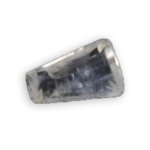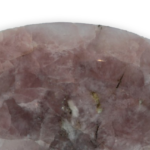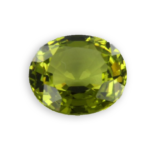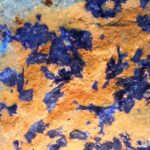
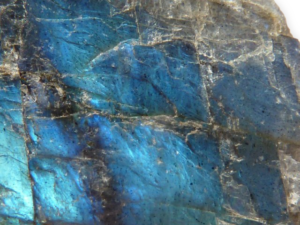
labradorite
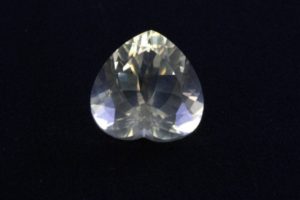
labradorite from Mexico
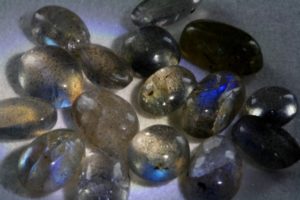
cabochon of labradorite from Madagascar with labradorescence
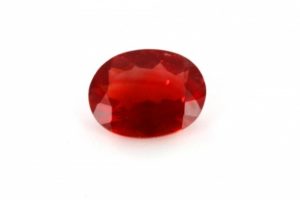
red labradorite from Congo
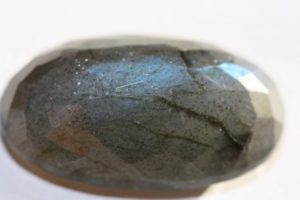
cut labradorite from Madagascar
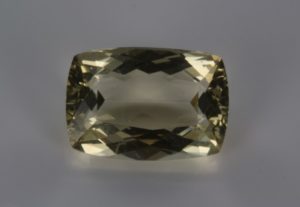
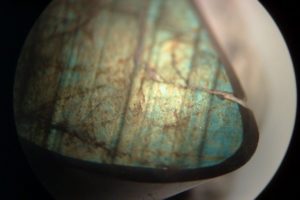
labradorescence of labradorite
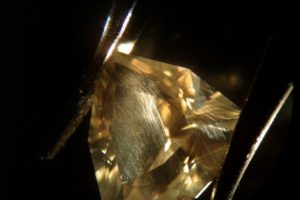
parallel growth tubes – type inclusion
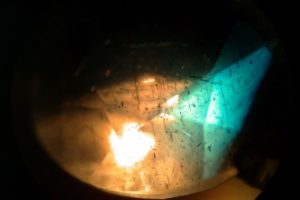
solid like inclusions : ilmenite and rutile with labradorescence
Detailed sheet
labradorite
This plagioclase was discovered in 1770 in the Labrador region in Canada, which gave it its name. It is part of the albite-anorthite series.
Its characteristic is a set of iridescent colors that can be observed by changing its position relatively to the light, this phenomenon is called “labradorisation” labradorescence or Schiller effect. There all the colors of the spectrum with blue and green dominants.
The spectrolite is a variety from Finland which has a broader range of colors, often compared to the colors of the aurora borealis.
There is a variety practically transparent, with hints of light blue, from Madagascar, mistakenly called “black moonstone”.
Varieties of red and green gems have been discovered recently. The red variety is so much like the red andesine, that experts wondered if it was not it…! because the chemical composition of andesine and labradorite are very close. Based on the chemical composition, it seems now admitted that these are two different minerals.

CHEMICAL CHARACTERISTICS
(Na,Ca)[Si,Al)4O8]
alumino-silicate of calcium and sodium

PHYSICAL CHARACTERISTICS
Main color
grey
Other colors
blue, grey, colourless, yellow, black, red, green
bluish features called
Color of streak
white
Luster
vitreous
Hardness
6.0 to 6.5
Density
2.65 to 2.75
Cleavage
perfect
Fracture
uneven
very easy cleavage

OPTICAL PROPERTIES
Transparency
translucent, transparent
Refractive index
1.555 - 1.572
Double refraction
0.008
weak, biaxial (+)
visible double refraction
No
Dispersion
0.019(0.010)
Pleochroism
absent
Number of colors
1
Fluorescence
very weak
rarely flourescent sometimes pale yellow
Inclusions
sometimes small dotted inclusions of magnetite, graphite, hematite, goethite, copper

CRYSTALS PROPERTIES
flattened prismatic
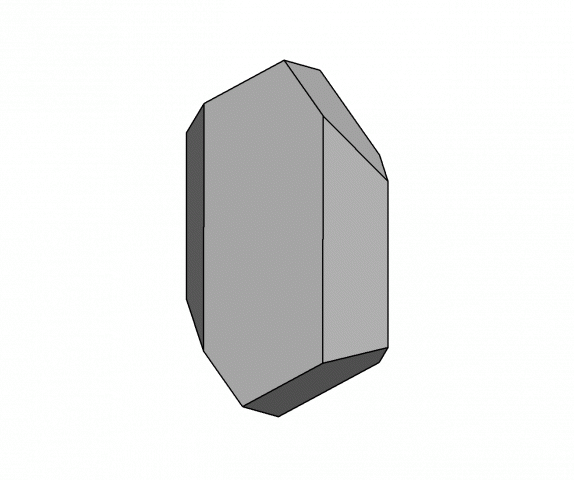
crystals system
triclinic

OTHER INFORMATIONS
Astrological sign
Gemini, Libra, Pisces, Virgo

APPROACHING GEMS
Exploited
sites
It is found in Europe in France (St. Pierre Eynac in the Haute-Loire, Salau in the Ariege, the Col de l’Escrinet, Ardeche), Slovakia (Kosice, Banska Bystrica), Italy (Tuscany, Sicily , Lombardy), Canada, Finland, Australia, Madagascar, Mexico, United States (Arizona, California, Oregon), Russia (Siberia), Démocatique Republic of Congo, Zambia, Zimbabwe.
use in jewelry
The yellow transparent variety, from Australia and Madagascar, are faceted while the opaque “labradorisation” types, are carved cabochon to showcase all the shades of colors.
Collars are manufactured with it in balls, brooches, pendants, rings and decorative items. The red and green varieties of gem quality, are cut in facets and are used in jewelry.
Daily care
and precautions
The stone is susceptible to shocks and stresses, like all feldspars.
Historical
healing properties
It would be the perfect protective stone, it was called “the armor stone “, ” the shield stone”, it would block the negative vibes, aggressive thoughts, everything that could happen would be absorbed and dissolved by the labradorite.
It would absorb mainly the problems of others in order to protect the wearer. Its bursts of blue or bright inclusions give relief and a new light with positive thoughts in order to foster friendships and warmth. It would strengthen the ability of solitary beings to create a relationship or seduce others. This stone would accelerate the recovery of both physical and moral, and would be recommended for tired people or in need to mobilize high energies.
In traditional India, the changing color stones are associated with women, they symbolize the sweetness, love, harmony, protection of others.
Venez visitez
notre site web
voillot-joaillier.fr
Lorem ipsum dolor sit amet, consectetur adipiscing elit. Ut elit tellus, luctus nec ullamcorper mattis, pulvinar dapibus leo.Lorem ipsum dolor sit amet, consectetur adipiscing elit. Ut elit tellus, luctus nec ullamcorper mattis, pulvinar dapibus leo consectetur adipiscing elit. Ut elit tellus, luctus nec.

